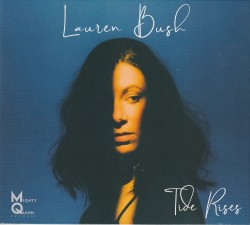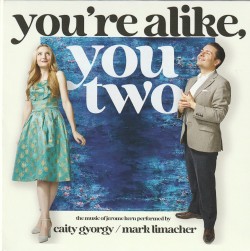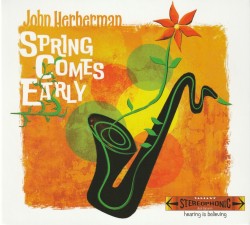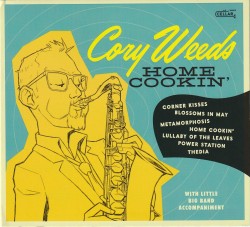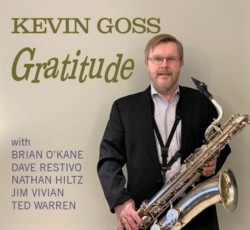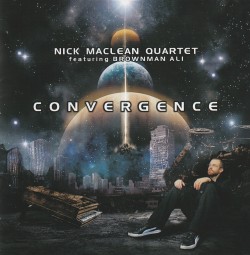Night and Day: The Cole Porter Songbook - Adi Braun
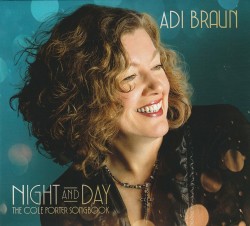 Night and Day – The Cole Porter Songbook
Night and Day – The Cole Porter Songbook
Adi Braun
Alma Records ACD91532 (almarecords.com)
Backed by Don Breithaupt’s gargantuan arrangements, Adi Braun’s endlessly expressive voice embodies the world of every lyric, her choice of Cole Porter repertoire helps to weave a compelling thematic narrative and her gracefully imaginative phrasing refracts off the pristine orchestration to create a warm, celestial glow. Breithaupt’s orchestra in all of its exuberance and luster, seems to exist for Braun’s effortlessly unhurried time feel to envelope it; these two forces’ moments of impalpable coalescence feeling like proximity to a subdued fireplace, where nearness is best paired with the faintest layer of distance.
In terms of the success of this symbiotic razor’s-edge dance, it would be tempting to say that credit goes to Breithaupt for not crowding Braun’s frequencies (and credit is certainly due as Breithaupt cultivates sweet, colourful, lush orchards of sound), but it is Braun who is largely playing both the mindful accompanist and driver of mood. Just One of those Things kicks off with an adrenaline shot of an upright bass intro courtesy of Pat Collins and the sheer steadfast vigour of his tone, with the strings resonating at a frequency that could slice right through the fingerboard. Braun finds herself occupying the space in the decay within each note Collins hammers out, nearing a whisper while staying just detached enough to allow the bass line to act as a buoy for our monologue of ephemeral affiliations. Then the extravaganza returns and Braun finds a renewed purpose for those gaps.


